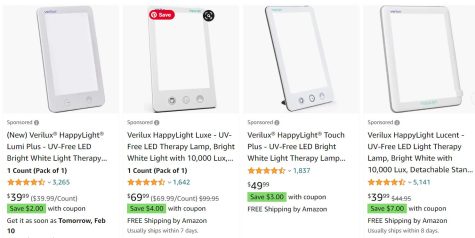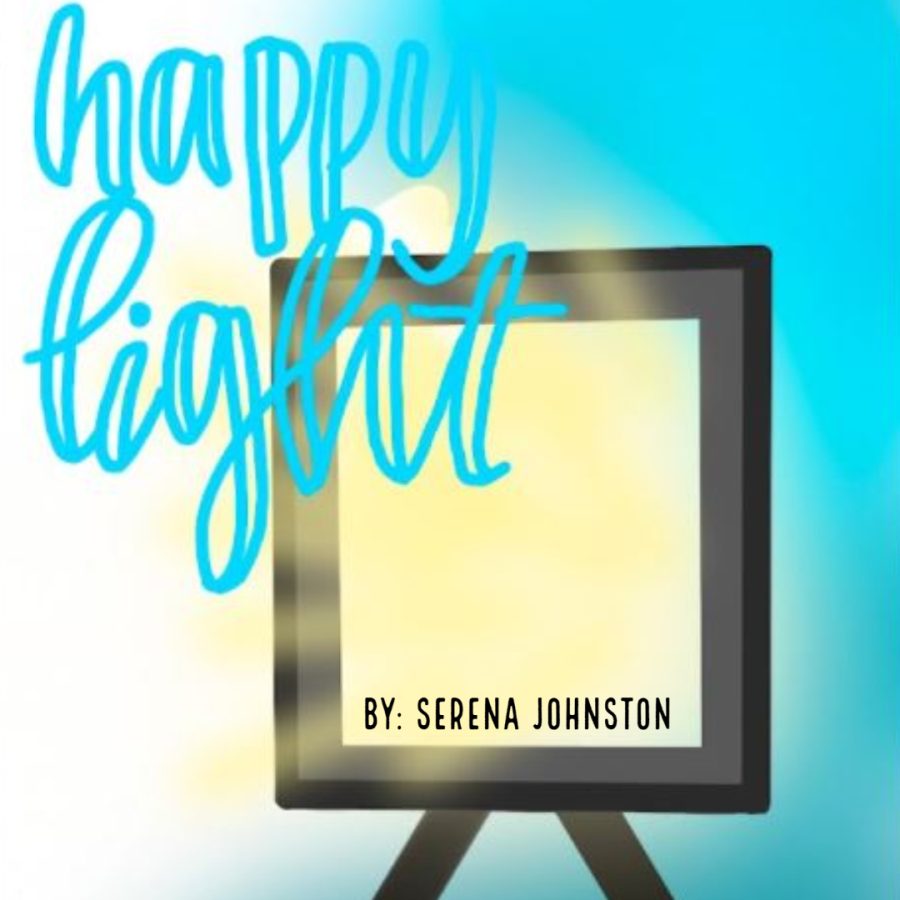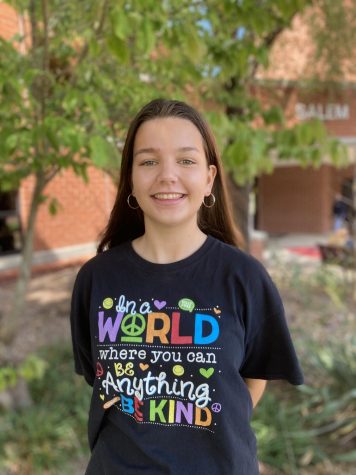Sunshine in the Classroom
Happy lights may help with depression
February 9, 2022
Students and staff have to be in the building before 7:20 am every weekday.
During the winter, days become shorter due to the tilt of the earth. The sun rises later and sets earlier. So after spending around 7-8 hours in a concrete room, most with no windows, are students getting the amount of sunlight that they need to be healthy?
The sun provides Vitamin D which is essential for the body because it helps instruct the gut to absorb calcium and phosphorus making bones stronger. If people don’t get enough Vitamin D it can cause multiple health problems like cancer, osteoporosis, muscle weakness, and depression. We can get vitamin D from a small number of foods including oily fish such as salmon, mackerel, herring and sardines, as well as red meat and eggs or from supplements, but the most important source of vitamin D is the sun.
It can be hard for students to obtain or even have the time in their day to get the full 30 min of sunlight recommended.

“School puts pressure both socially and to achieve good scores and do my ‘110%’ in every class,” said senior Nahom Gaines “not seeing the sun just makes me dead.”
Discussions about mental health both in the world and at school are becoming more and more common, but one mental health disorder we don’t often hear about is Seasonal Affective Disorder (S.A.D).
Google defines S.A.D as “depression associated with late autumn and winter and thought to be caused by a lack of light.”
It can be treated with antidepressants and/or the increasingly popular “happy lamp,” a lamp that mimics natural light.
According to the Cleveland Clinic, “sun lamps positively impact your body’s regulation of melatonin…a hormone that helps control your sleep-wake cycle, as well as serotonin, which helps regulate your mood by relaying signals in your brain.
At Twin Oaks Middle School in Minnesota teachers have incorporated happy lamps to help students feel better through the winter. According to Southwest News Media, Twin Oaks Middle has purchased five lamps so far and lets students use them during class or in the nurse’s office.
If Twin Oaks sees improvements perhaps more schools will purchase “happy lamps” to help students. Not just students suffering with S.A.D., but all students who don’t have the opportunity to get sunlight during the short time the sun is up in the depths of winter.

